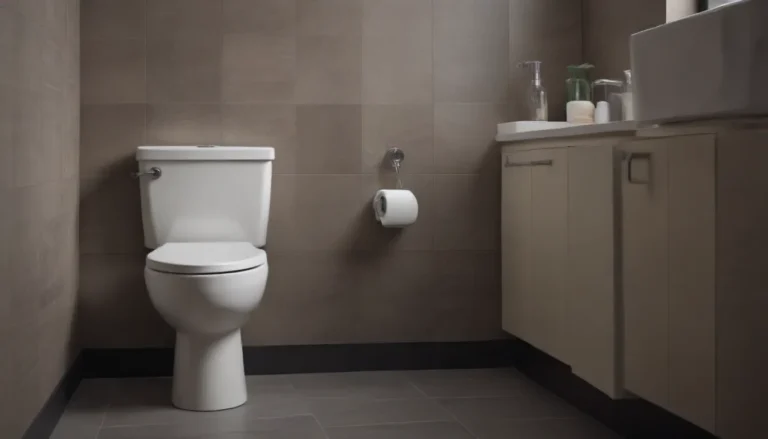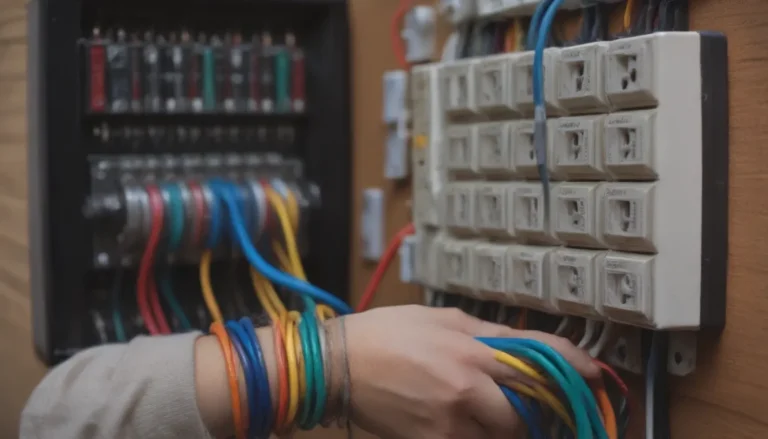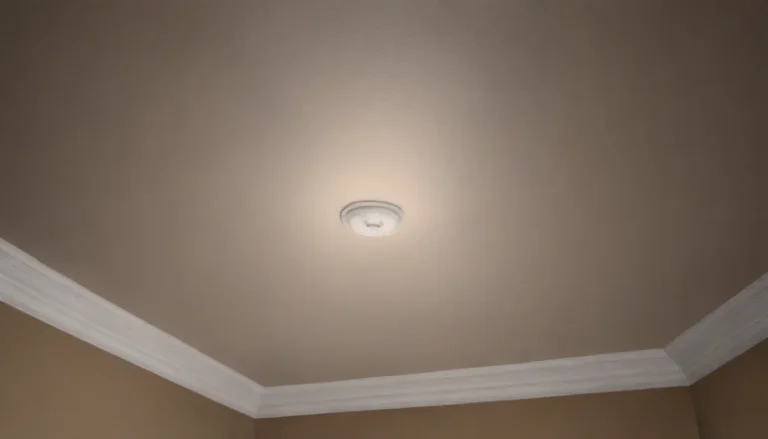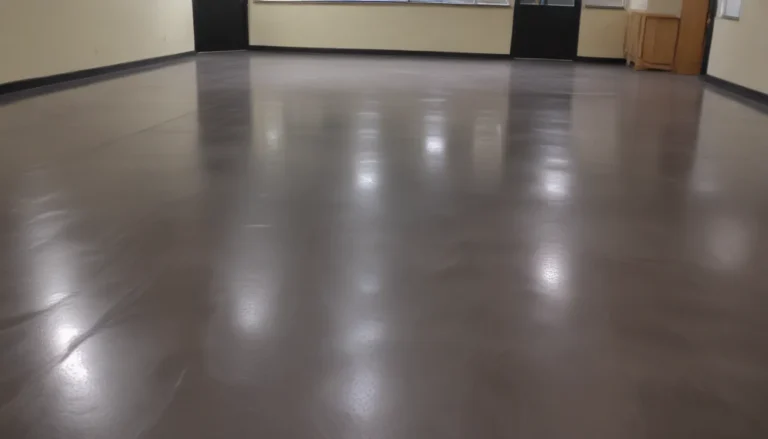How to Safely Jack Up a House: A Comprehensive Guide
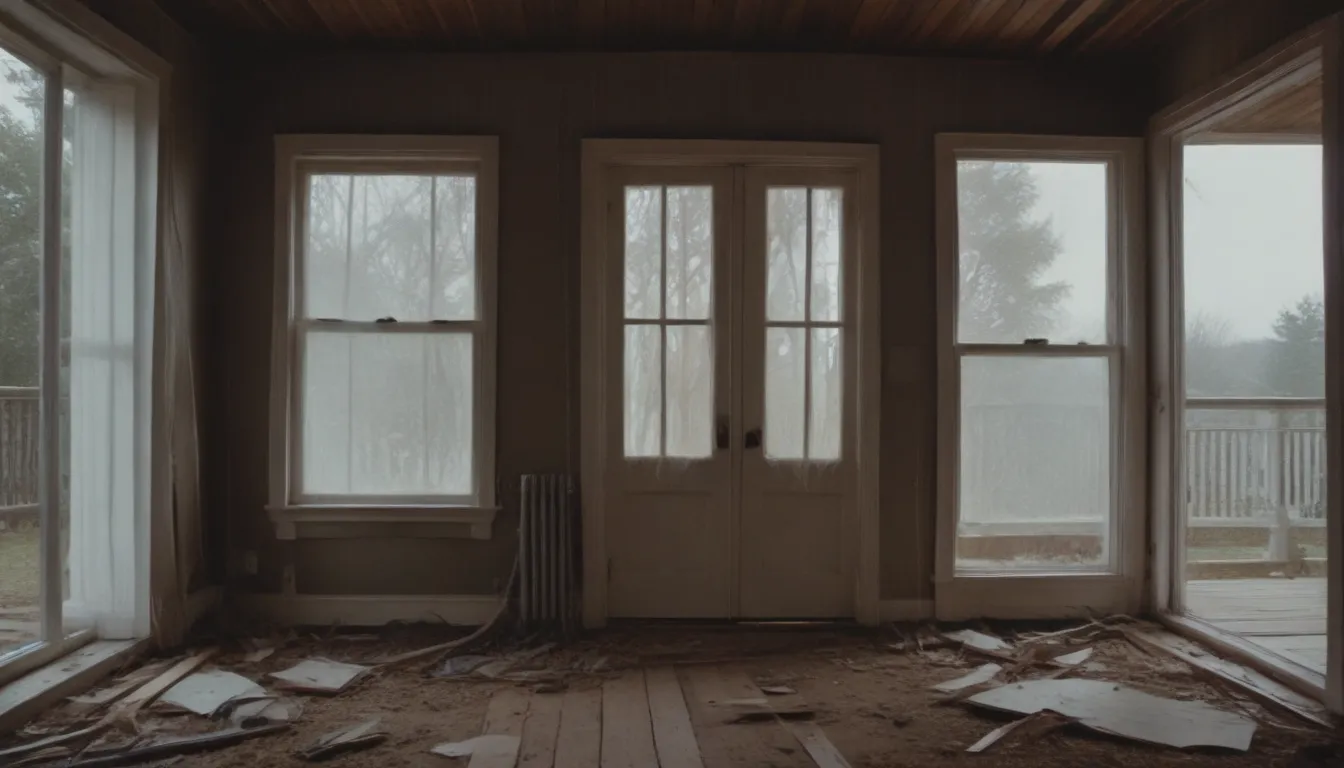
If you find yourself in a situation where you need to make significant alterations to your house, jacking it up may be the extreme measure you have to take. Jacking up a house is a crucial step before repair work on the foundation or when moving the house to a new location. However, it’s essential to note that lifting an entire house, or even a part of it, is not a task to be taken lightly. It requires careful planning, proper equipment, and professional expertise for both your safety and the structural integrity of your home.
Reasons for Jacking Up a House
Before diving into the technical details of how to jack up a house, it’s important to understand the reasons why this drastic measure may be necessary. Here are some common reasons for lifting a house:
- Foundation Repair: When the foundation of a house has been compromised, jacking up the structure becomes essential to carry out necessary repairs.
- Moving: If you need to relocate your house to a new site, jacking it up is the first step in the relocation process.
- Repairing: Extensive repairs to the structure of the house may require lifting it to access and fix underlying issues.
- Floodplain Elevation: In flood-prone areas, elevating a house is a preventive measure to protect it from potential water damage.
How to Jack Up a House
Now, let’s walk through the steps involved in safely jacking up a house. It’s crucial to follow these guidelines carefully and, when in doubt, consult with professionals to ensure the job is done correctly.
Step 1: Obtain Permits
Before you can begin lifting your house, you need to obtain the necessary permits from your local permitting agency. Permit costs can vary but typically range from $1,000 to $5,000, depending on your location and the scope of the project.
Step 2: Detach Utilities
Disconnect your house from all utilities and mechanical systems, including electricity, sewer, water, and gas. Inside the house, secure all loose items to prevent damage during the lifting process.
Step 3: Dig Holes
Create holes in the foundation where the steel lifting beams will be inserted. For masonry foundations, remove concrete blocks or bricks to accommodate the beams.
Step 4: Insert Lower Beams
Insert steel beams through the holes in the foundation, positioning them perpendicular to the house’s own beams or joists.
Step 5: Add Perpendicular Beams
Place a second set of steel beams perpendicular to and underneath the first set to provide additional support for the lifting process.
Step 6: Insert the Jacks
Place screw jacks under the steel beams to facilitate the lifting process. Support the jacks to prevent them from sinking into soft ground. Hydraulic jacks are not recommended for house jacking due to potential pressure loss.
Tip: When lifting a house, it’s crucial to identify key structural points such as carrying beams and load-bearing walls. Properly placing jacks and distributing pressure is essential for a safe and successful lift.
Step 7: Raise the Jacks
Gradually raise the jacks by about 1/8 to 1/4 inch per day, following a slow and steady pace. Avoid lifting the house more than 1/8 inch each day to allow materials to settle into the new position without causing damage.
Step 8: Insert the Cribs
Position wooden supports, known as cribs, under the beams to provide additional stability during the lifting process. Build up cribs in perpendicular stacks to support the structure.
Step 9: Continuously Raise the Jacks
Over a period of three to four months, continue to slowly raise the jacks to achieve the desired height for your house. This gradual process allows for adjustments and settling of the structure.
Step 10: Repair the House or Foundation
Once the house is lifted to the necessary height, proceed with making any repairs to the structure or foundation as needed. If a new foundation wall is required, ensure proper clearance is maintained for construction.
Step 11: Lower the House
After repairs are completed, gradually lower the house using the same process in reverse. Lowering the house should be done as carefully and methodically as raising it to avoid any structural issues.
Tip: As the house settles back into its original position, take care to monitor the process closely to ensure a smooth and safe descent.
Step 12: Remove Jacks and Cribs
Once the house is safely lowered and repairs are finalized, remove the jacks and all cribbing materials from underneath the structure.
Step 13: Reattach Utilities and Mechanicals
Reconnect electricity, plumbing, gas, and other utilities to the house. Ensure that service drops and electrical connections are properly secured and restored.
In conclusion, the process of jacking up an entire house is a complex and time-consuming endeavor that requires careful planning and execution. While the timeline for completing the lift can vary depending on the size and scope of the project, it typically takes about three to four months to raise and lower a house successfully.
By following these detailed steps and seeking professional guidance when needed, you can ensure a safe and successful house jacking experience. Remember to prioritize safety and structural integrity throughout the process to protect both yourself and your home.
For more information on house lifting methods and techniques, you can refer to resources such as FEMA’s guide to elevating houses or the International Association of Certified Home Inspectors. Whether you’re dealing with foundation issues, planning a relocation, or simply in need of extensive repairs, knowing how to jack up a house can be a valuable skill in maintaining your home’s long-term stability and safety.
